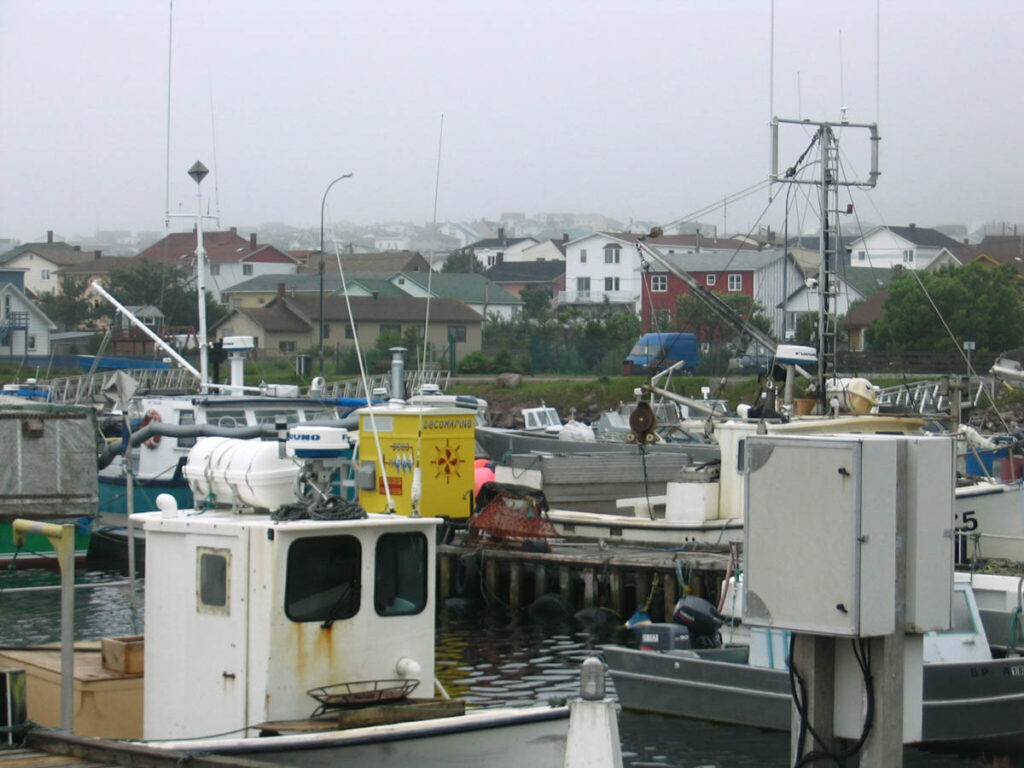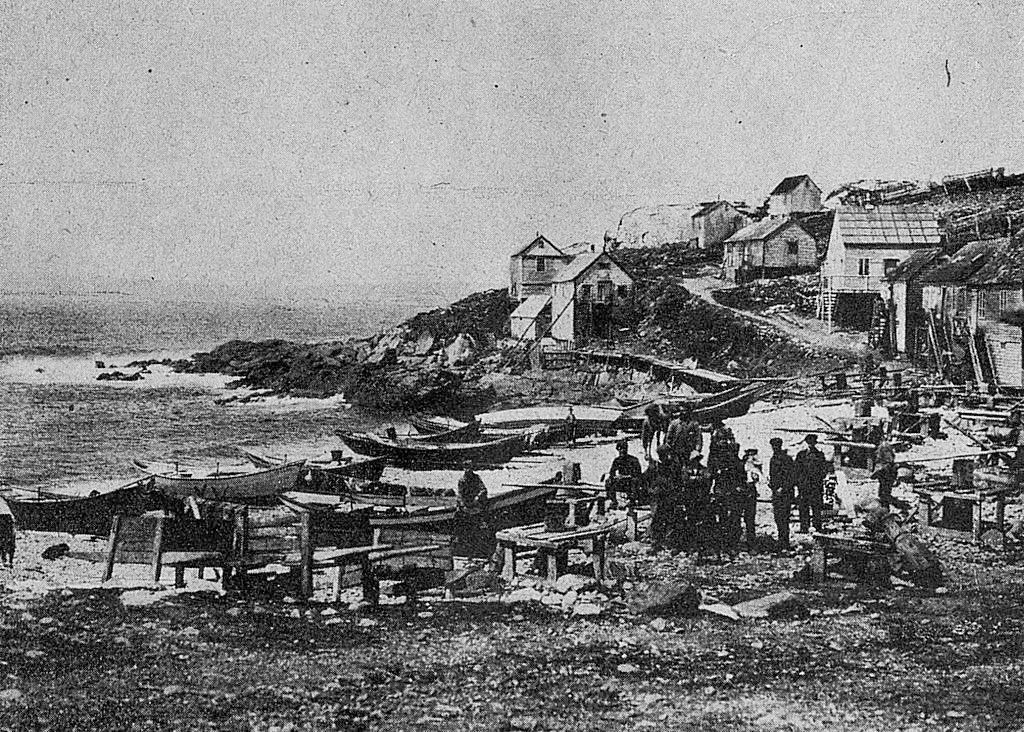Saint Pierre and Miquelon officially the Territorial Collectivité de Saint-Pierre et Miquelon is a self-governing French overseas collectivity in the northwest Atlantic Ocean near the Canadian province of Newfoundland and Labrador. Saint Pierre and Miquelon, an archipelago of eight islands, is a relic of New France’s once-vast territory. Its residents are French citizens, and the collectivity elects its own deputy to the National Assembly as well as candidates for senator and president. It has a land area of 242 km2 (93 sq mi) and a population of 6,008 people according to the March 2016 census.
The islands are located in the Gulf of St. Lawrence near the entrance to Fortune Bay, which extends into Newfoundland’s southwestern coast near the Grand Banks. St. Pierre is 19 kilometres (12 miles) from Point May on Newfoundland’s Burin Peninsula and 3,819 kilometres (2,373 miles) from Brest, the nearest city in Metropolitan France. The tiny Canadian Green Island is located about 10 kilometres (6 miles) east of St. Pierre, roughly halfway to Point May.
Saint Pierre and Miquelon are composed of eight islands, totaling 242 square kilometres (93 sq mi), of which only two are inhabited; Saint Pierre Island and the largest island of Miquelon-Langlade. Seabirds are commonplace and any spring whale that migrates to Greenland is visible off the coast of St Pierre and Miquelon. Seals, and other wildlife can be found in the Miquelon Grand Barachois Lagoon.
Archaeological evidence suggests that indigenous peoples such as the Beothuk visited St Pierre and Miquelon, but it is unlikely that they settled permanently on the islands. The Portuguese explorer Joo lvares Fagundes landed on the islands on 21 October 1520 and named the St. Pierre island group the “Eleven Thousand Virgins,” as the day marked the feast day of St. Ursula and her virgin companions. Jacques Cartier claimed the islands as a French possession on behalf of King Francis I of France in 1536. Despite being visited by Mi’kmaq and Basque and Breton fishermen, the islands were not permanently settled until the end of the 17th century: four permanent residents were counted in 1670, and 22 in 1691.
The colony toyed with the idea of joining the United States in 1903, but nothing came of it. The colony suffered greatly in the early 1910s as a result of unprofitable fisheries, and large numbers of its people emigrated to Nova Scotia and Quebec. The draft, which was imposed on all male residents of conscript age after the outbreak of World War I in 1914, crippled the fisheries because their catch could not be processed by older men, women, and children. During World War I (1914-1918), approximately 400 men from the colony served in the French military, 25% of whom died. The increased use of steam trawlers in the fisheries also contributed to a reduction in job opportunities.
Traditionally, the inhabitants made their living by fishing and maintaining the fishing vessels operating off Newfoundland ‘s coastline. The climate and the limited amount of land quality/short growing season makes cash cropping almost an impossibility. The economy has been in drastic decline since 1992, following the degradation of fish stocks due to overfishing, the restriction of fishing areas and the Canadian Government’s ban on all cod fishing.
Smuggling had always been an important economic activity in the islands, but when prohibition was declared in the United States in January 1920, it became even more prominent and profitable for the islanders in the 1920s. The Islands imported 1,815,271 US gallons (1,511,529 imperial gallons; 6,871,550 litres) of whisky from Canada in a year, according to The New York Times, with the majority of it being smuggled into the US. The repeal of Prohibition in 1933 threw the islands back into economic depression. Legend/rumour has it that Al Capone stayed on one of these islands in the 1930’s
Today, French is the dominant language, and the Euro along with the Canadian dollar is the accepted currency. At the time of the March 2016 census, the total population of the islands was 6,008, with 5,412 living in Saint-Pierre and 596 in Miquelon-Langlade. The archipelago has a high emigration rate, particularly among young adults, who frequently leave for their studies and never return. To diversify the local economy, fish farming, crab fishing, and agriculture are being developed. Saint Pierre and Miquelon’s future is dependent on tourism, fisheries, and aquaculture. Exploration for oil and gas deposits is currently underway. The proximity to similar tourist areas in Canada benefits tourism. In the business sector, notable industries include distribution, public service, care, minor wholesale, retail, and crafts.








